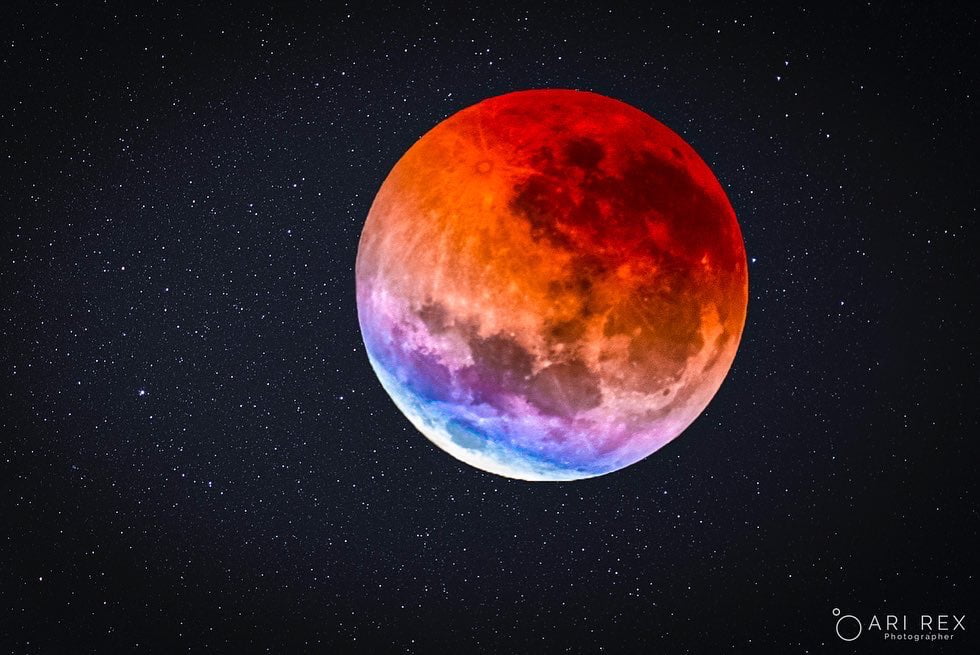Like every good, must come to an end. On Tuesday, November 8, Earth experienced its last total lunar eclipse till 2025. Depending on where you live, the following complete lunar eclipse won’t happen until March 13–14, 2025.
What is a Total Lunar Eclipse?
When Earth moves in front of the Sun and the Moon, it casts its shadow across the Moon, causing a total lunar eclipse.
While the Moon is entirely shielded from direct sunlight, some light does reach the Moon through Earth’s atmosphere.
The Moon appears to be stained red because of the refracted nature of this light, which scatters shorter blue wavelengths of light more than longer red ones. Hence, “blood moon” is in the name. Air scattering is the same phenomenon that gives sunrises and sunsets on Earth their crimson hue.
Watch: The last total lunar eclipse until 2025 is coming.
— TIME (@TIME) November 8, 2022
Here's why it fascinates us: https://t.co/OtkRunPZDw pic.twitter.com/ZO5mHzBdaV
We will all have plenty of time to go outside, get used to the darkness, and see the “blood moon,” which turned a unique shade of red by our planet’s shadow during the total eclipse that took place on November 8, 2022. Totality lasted for around 1 hour and 25 minutes.
https://tvnz-1-news-prod.cdn.arcpublishin
This also implies that a significant percentage of the planet will be able to see the eclipse; for about an hour following 0800 UTC, everyone on the night side of Earth will be able to see the spectacle.
The total lunar eclipse overnight was a stunner! How was the view in your area?
— National Geographic TV (@NatGeoTV) November 8, 2022
📸 The moon is seen during a total lunar eclipse on Tuesday, Nov. 8, 2022, at NASA’s Kennedy Space Center in Florida. Photos: @NASA /Joel Kowsky pic.twitter.com/brctzCVVAu
The eclipse was also visible in North America and some regions of South America early on Tuesday morning before the sun rises; for them, it began just after 3 am Eastern Time, but the totality lasted from 5.16 am to 6.41 am Eastern Time.
North/East Europe, the Pacific, Atlantic, Indian Oceans, the Arctic, and Antarctica will also view at least a portion of the eclipse.

How to view the last lunar eclipse till 2025 on Tuesday?
A color-coded interactive eclipse map on the Time and Date website shows just how much of the eclipse you can see, the times at which you can see it, and the weather forecast for that early morning.
How can you see the Blood Moon if you are in a location where it is visible? Well, all you have to do is look up.
With a lunar eclipse, you may glance up at the sky instead of a solar eclipse, which requires special eyewear. A pair of binoculars or a telescope can always be helpful for better viewing, even though they are unnecessary.

Don’t worry if you live in a place with poor visibility or a lot of light pollution; there were also possibilities for internet streaming.
NASA has previously broadcast the eclipse live online, yet this year there is no indication of them doing so. On its website, NASA states that “numerous organizations and individuals around the globe present live streams and videos of lunar eclipses.”
Just the sight of the Moon changing hue to rust is reason enough to get up early or stay up late. For those with binoculars, there is also the added advantage of Uranus making a rare appearance this time.
Without the Moon’s light obscuring the far-off frigid planet during totality, Uranus should appear as a bright star roughly a finger’s width above our satellite.
We hope you have clear skies or at least a strong internet connection wherever you are so you can see how our planet’s shadow alters the color of our satellite.
Nothing quite like an eclipse can simultaneously make us feel so tiny and so connected to the cosmos. Happy sky-watching!
Read More:
Clearest Image of Jupiter – The largest planet in the solar system
Conversational AI: Its importance, 5 key components & benefits
Chinese ‘flying car’ Xpeng X2 makes first public flight in Dubai
Twitter’s new boss Elon Musk lays off 50% workforce; Suspends impersonating accounts. But why?









